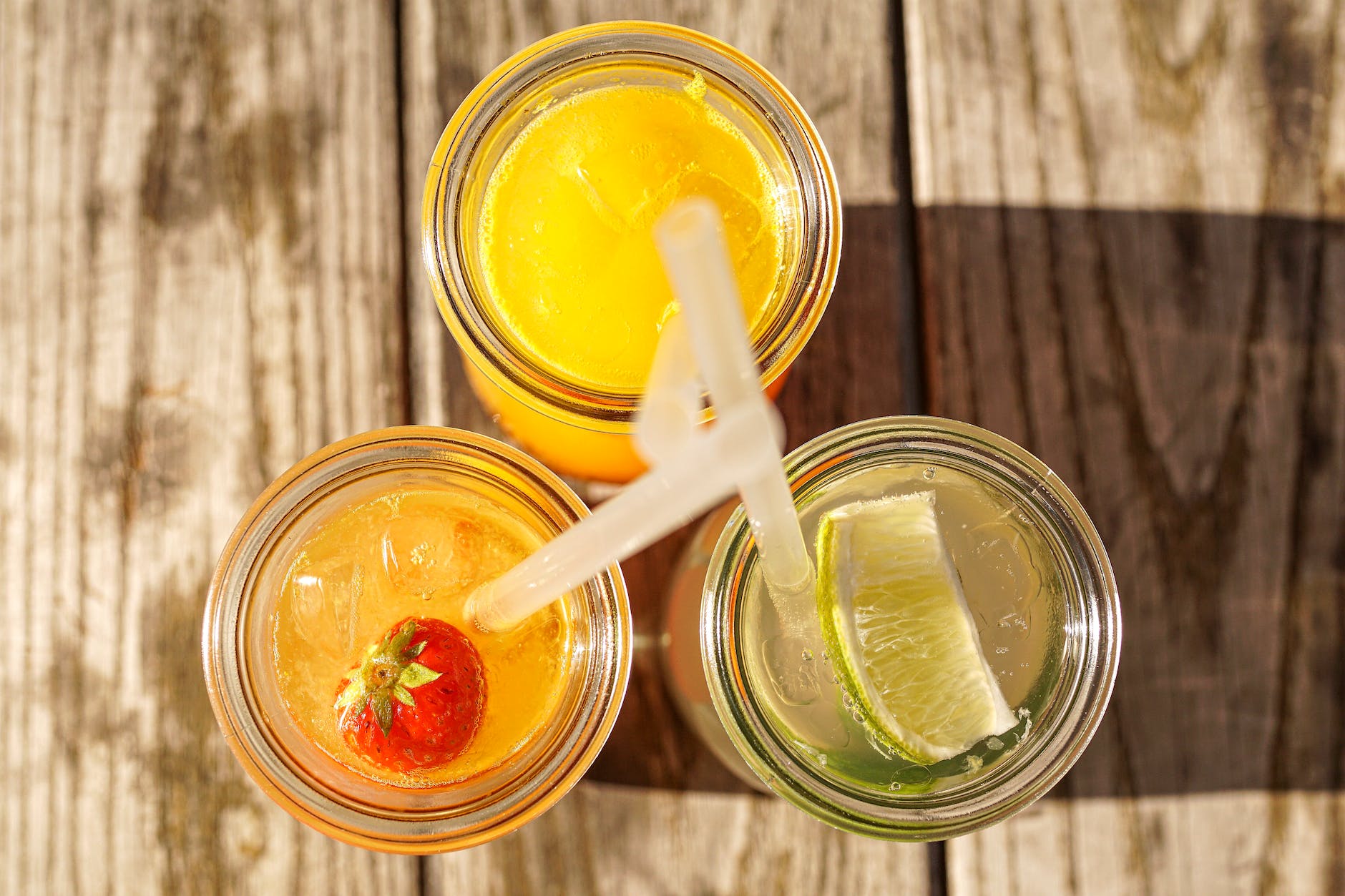The rise in popularity of vaping has spawned an enthusiastic community of hobbyists who enjoy customizing their experience. For many vapers, the thrill is not just in the puff, but also the creation. DIY vape juice – also known as homemade e-liquid – gives the recreative vaper a chance to tailor the taste, allowing for an entirely personalized vaping experience. If you’re interested in diving into the world of homemade vape juice, there are a few key components to understand: e-liquid recipes, flavor mixing, nicotine concentration, DIY e-liquid supplies, and DIY vape juice safety.
Knowing your base ingredients is a must before diving into DIY vape juice. There are some excellent online resource guides to help you understand these essentials, from understanding basics of e-liquid preparation, to more complicated aspects such as steeping or macerating the mix to create deep, rich flavors.
To get started on your homemade e-liquid concoction, you’ll first need to source your DIY e-liquid supplies. DIY vape juice kits are an excellent way to gather your basic ingredients, which generally include PG (Propylene Glycol), VG (Vegetable Glycerin), liquid nicotine, and food grade flavorings. The quality of ingredients you choose will significantly affect the end result, so it’s essential to source high-quality ingredients from trusted retailers.
Once you have your basic supplies, the next challenge is finding the perfect e-liquid recipe. There are hundreds of pre-existing e-liquid recipes available, inspired and shared by the vaping community. Yet, it’s just as enticing to experiment with your own unique flavor mixing. You could create anything from a fruity blend to a more luxurious dessert flavor. Building an understanding of the various vaping flavors that are available and how they interact is crucial for this process.
Nicotine concentration is another key consideration for your DIY vape juice. While some vapers prefer to omit nicotine entirely, others choose to incorporate it for a more traditional vaping experience. It’s essential to remember that handling nicotine requires DIY vape juice safety measures as it can be poisonous in its concentrated form. Make sure you understand how to handle it safely, and always keep it out of reach from children and pets.
Amalgamating the PG, VG, flavorings, and nicotine to create your DIY e-juice requires precision and understanding of ratios. For example, PG carries flavor better and provides a more “throat hit,” while VG produces more vapor and is smoother on the throat. Depending on what experience you’re chasing, your ratios may vary.
Once your mix is perfected, and you create your vape juice, the next step is steeping. Steeping is the process of letting the vape juice sit for a period of time to allow the flavors to blend and mature, a method frequently used in the culinary world, including the wine and spirits industry. Steeping can significantly enhance your flavor profile, offering a more complex and enjoyable vaping experience.
In conclusion, making your own homemade vape juice can be an exciting way to customize your vaping experience. It provides an opportunity to create something that appeals to your unique palate and delivers the perfect vaping experience for you. However, it requires understanding and respect for the process, the capacity to follow and create e-liquid recipes successfully, and a commitment to DIY vape juice safety. With the right amount of research, enthusiasm, and patience, you could be well on your way to concocting your perfect vape juice.
Join the vaping community and immerse yourself in the art and science of DIY vape juice making. Not only will you gain a cost-effective and customized vaping experience, but you’re likely to enjoy the process too. Happy vaping and flavor mixing!

Comment here